You are here
Back to topChina’s Fruit Import Value Up 1.7% in First 9 Months of 2024
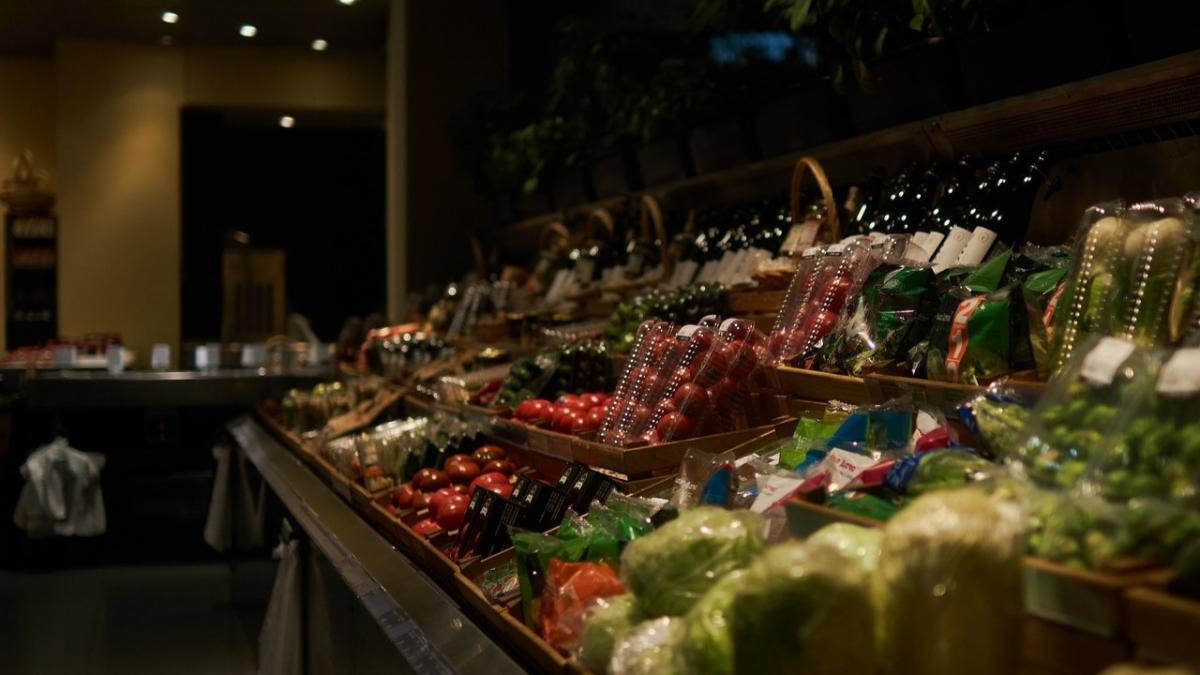
According to data from China Customs and the China Chamber of Commerce for Import and Export of Foodstuffs, Native Produce and Animal By-Products, China imported 6.03 million metric tons of fruit in the first three quarters of 2024, a slight decrease of 0.15% compared with the same period of last year. Meanwhile, the import value reached $14.34 billion, reflecting a 1.7% year-on-year increase. This modest rise in value underscores the strong consumer demand in China for high-quality fruit.
In terms of import volume, fresh durians topped the list at 1.38 million metric tons, followed by fresh or dried bananas (excluding plantains) at 1.23 million metric tons. Fresh sweet cherries totaled 357,800 metric tons, while fresh or dried mangosteens reached 263,400 metric tons. Fresh kiwifruit rounded out the top five with a volume of 137,600 metric tons.
In terms of import value, fresh durians ranked first at $6.20 billion, followed by fresh sweet cherries at $2.75 billion. Fresh or dried bananas (excluding plantains) were valued at $655 million, while fresh or dried mangosteens totaled $633 million. Fresh kiwifruit came fifth with a value of $546 million.
Thus, durians continued to lead in terms of both import value and volume in the first nine months of 2024. Thailand and Vietnam remained the primary suppliers of durians to the Chinese market, with Vietnam rapidly approaching Thailand in terms of market share. Thailand held a 60.20% share of the import value and 54.72% of the import volume, while Vietnam accounted for 39.48% of the import value and 44.81% of the import volume. With the recent approval of fresh durian imports from Malaysia, this country is also expected to gradually capture its own share of the market in the future. Since 2022, China’s durian import volume has been steadily increasing, with the January to September 2024 period seeing a year-on-year growth of 11.2%.
Fresh sweet cherries ranked second in import value and third in import volume. The import value rose by 23.66% year on year, while the volume increased by 13.53%, reflecting strong market demand and growth potential. Chile still maintained its dominant position in the cherry sector, accounting for 96.82% of the import value, followed by the United States at 2.18%, New Zealand at 0.45%, Argentina at 0.30% and Australia at 0.25%.
Notably, fresh kiwifruit surpassed table grapes to secure a spot in the top five in terms of both import value and volume. On China’s imported kiwifruit market, New Zealand kept its dominant position, with its kiwifruit accounting for 98.51% of the import value and 98.61% of the import volume, reflecting year-on-year growth of 25.97% and 37.32%, respectively. While Italy and Greece also exported kiwifruit to China during this period, their market shares were relatively small, at just 1.34% and 0.15%, respectively.
From 2022 to 2024, Thailand, Chile, Vietnam, New Zealand and the Philippines have consistently been China’s top five fruit suppliers by value. From January to September 2024, China’s import value from Thailand reached $5.29 billion, followed by Chile at $3.25 billion, Vietnam at $3.02 billion, New Zealand at $717 million and the Philippines at $356 million.
In terms of import volume, however, the rankings of the top five suppliers have shifted slightly from 2022 to 2024. Vietnam overtook Thailand to become the largest supplier by volume in the first three quarters of this year, with 1.67 million metric tons, followed by Thailand at 1.58 million metric tons, Chile at 573,600 metric tons, the Philippines at 509,100 metric tons and New Zealand at 202,600 metric tons.
Image: Pixabay
This article was translated from Chinese. Read the original article.




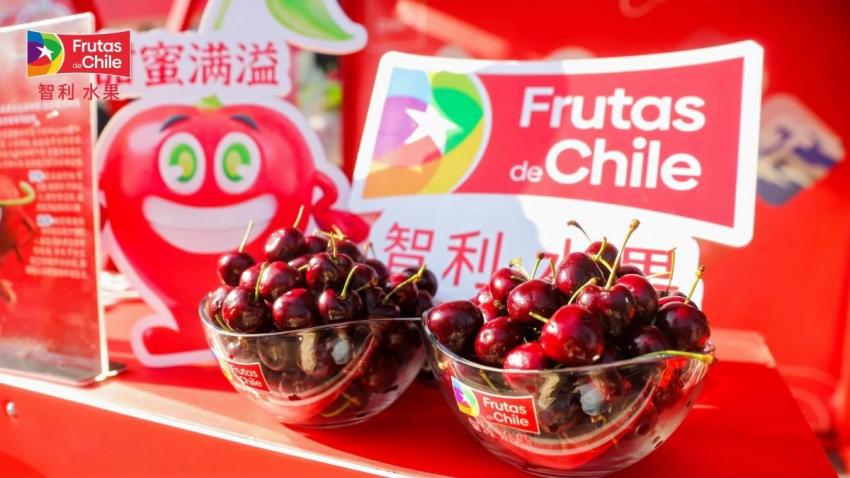
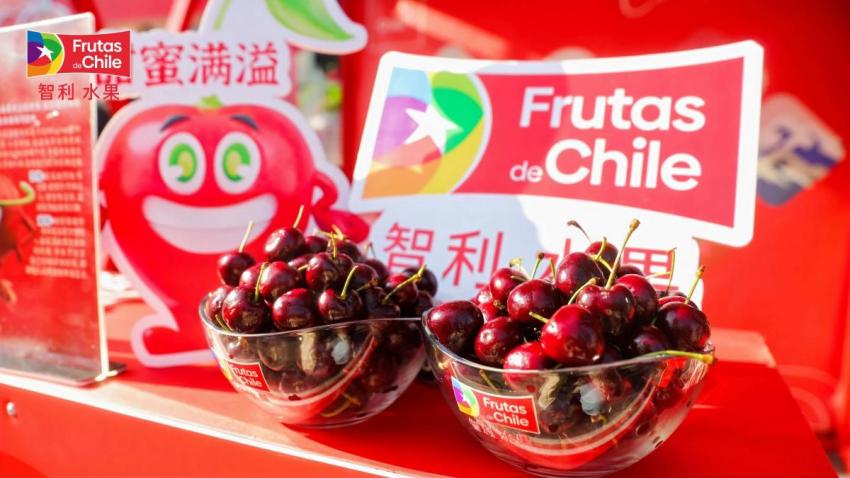
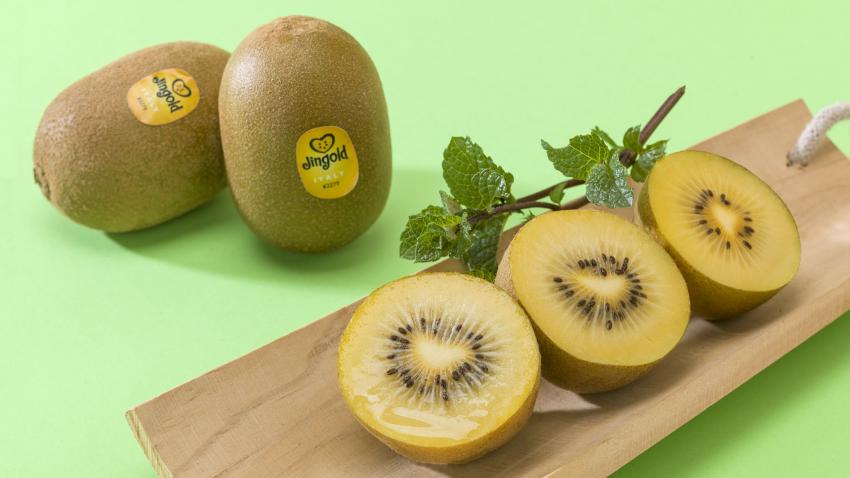
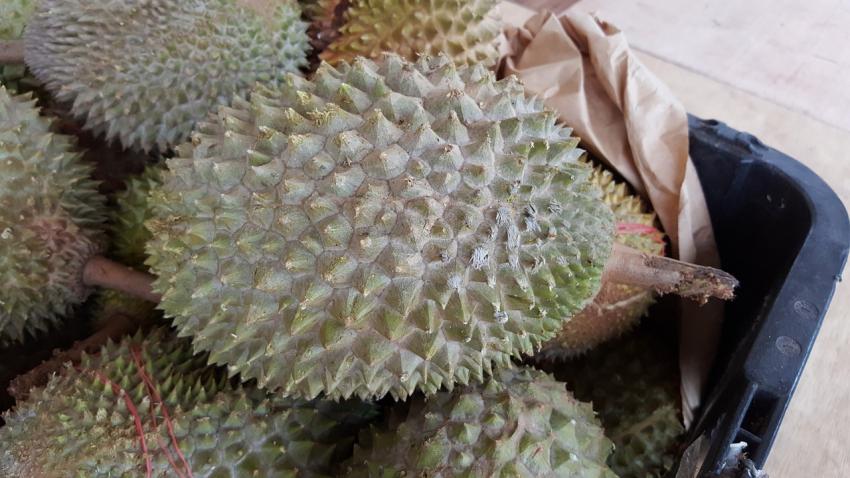






Add new comment